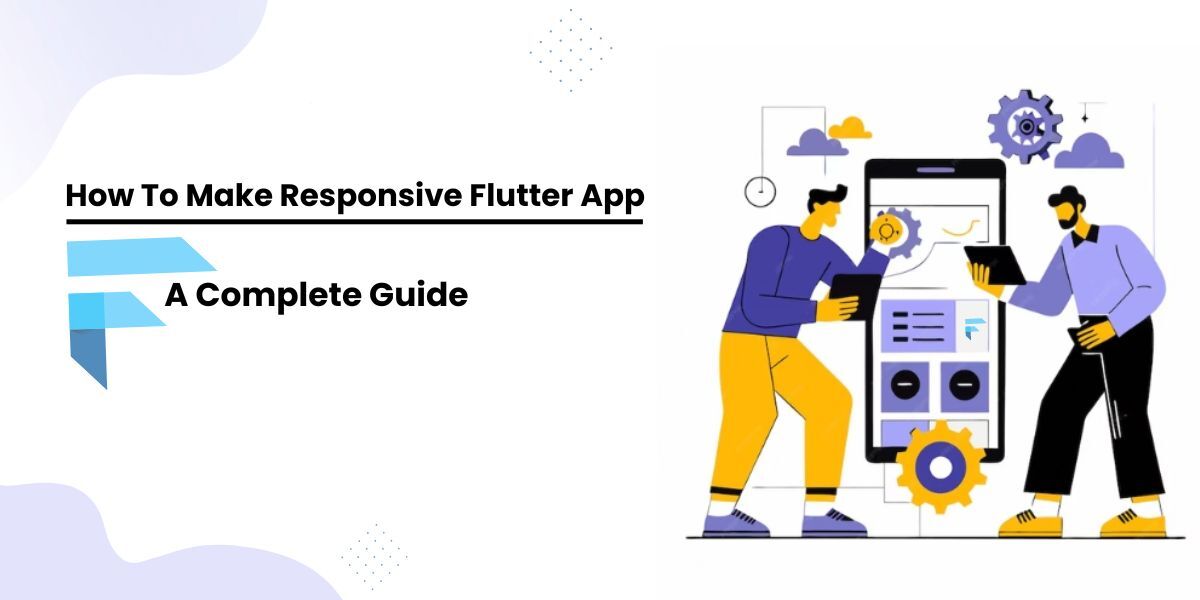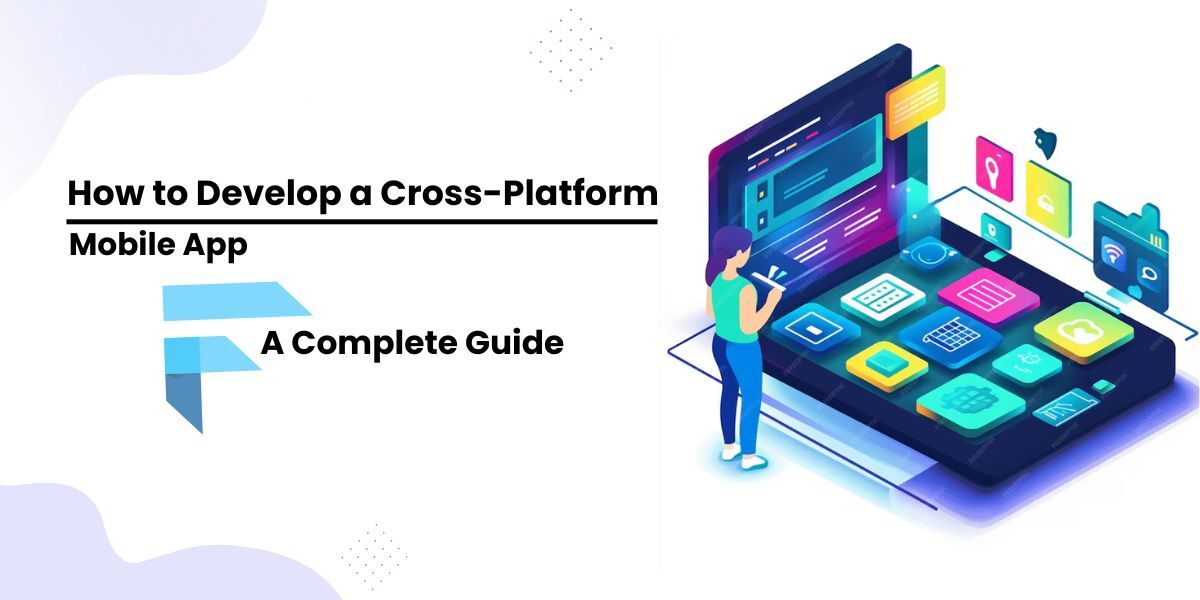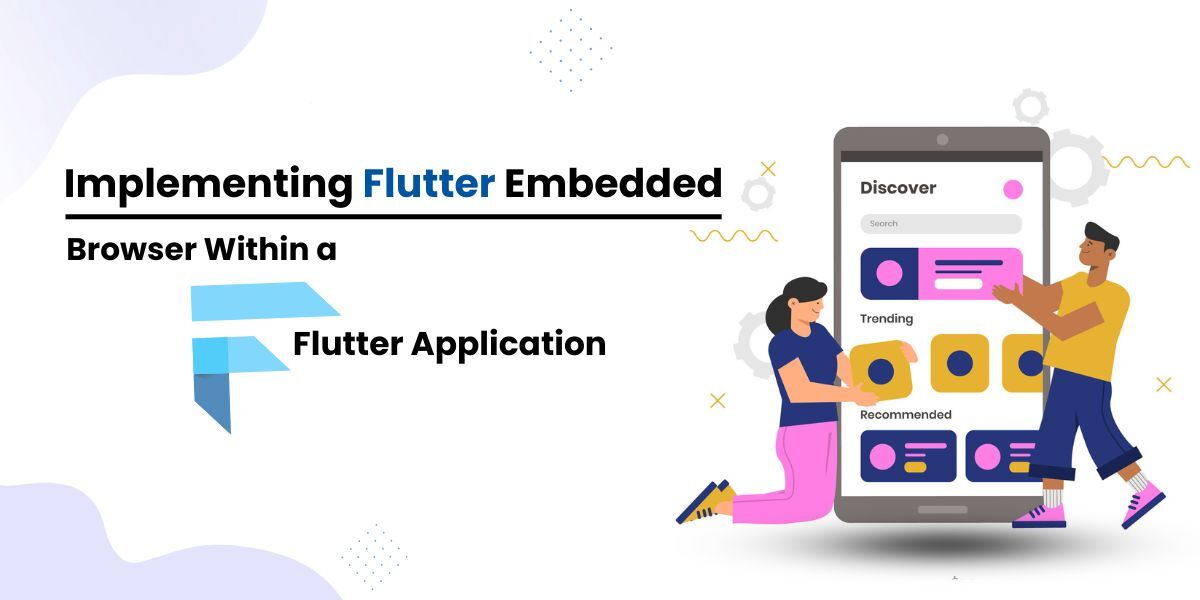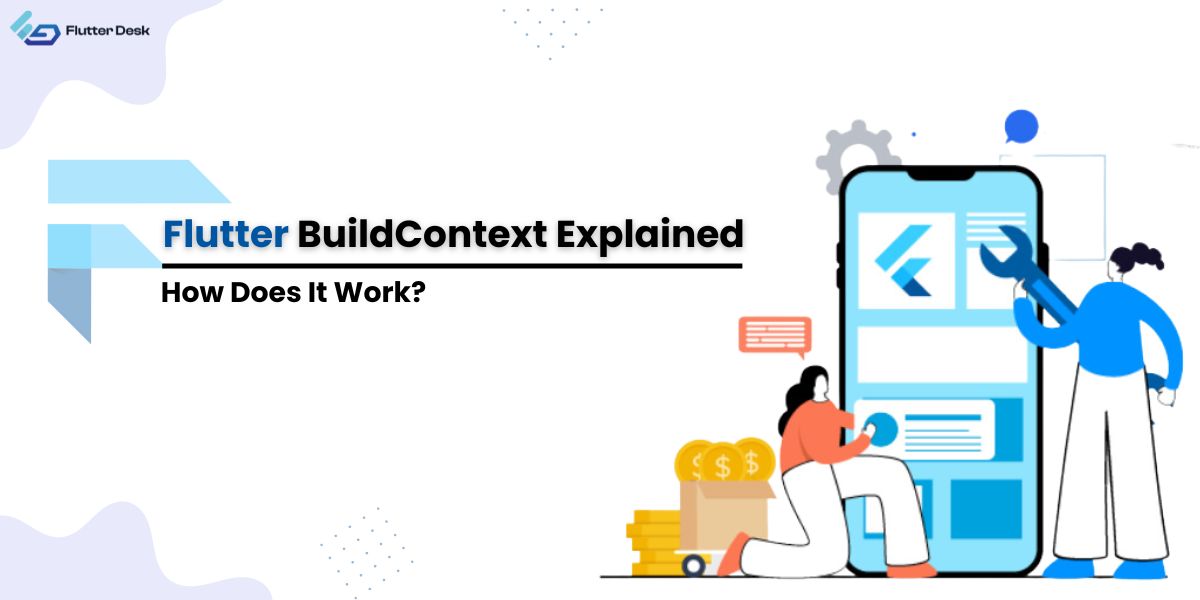Flutter is an open-source single codebase framework that offers to build beautiful, fast, and scalable multiplatform apps. It supports Android, iOS, Web, Windows, Linux, and macOS platforms. Flutter always welcomes its users to join their team. If any individual using flutter is having any issue while coding, he can simply pull a request, file an issue on GitHub, and ask for help in their mailing list, in chat channels, or on Stack Overflow to contribute to flutter.
Similarly, developers who want to help the one’s filing issues are also encouraged to do so. Improving the developers’ experience has been Flutter’s utmost priority.
Interestingly, flutter grants commit access (which includes full rights to the issue database, such as being able to edit labels) to people who gain their trust through a commitment to Flutter.
Every developer at some point must have thought of contributing to flutter. You can also contribute to flutter as a flutter developer and even if you have not used flutter in your life.
👉 Flutter roadmap and Strategy
Should I be a Pro at Flutter to Contribute to it?
It is never the case that you need to be a pro at flutter in order to contribute to it. You don’t have to be a PRO or a 10x developer to land a PR. If you can’t make a code contribution because you have just started, Flutter has a lot of easy-fix issues for you. Which include document changes or adding new samples to the documentation.
The flutter team always helps individuals land a PR and they are very generous. Undoubtedly, maintainers are always available to help you out with any issue in one way or the other.
How can you contribute to Flutter?

You can contribute to flutter in different ways. You can create issues, make code contributions to the flutter framework or engine, improve the existing samples, or land the requested features for the plugins.
Here is a quick step-by-step guide on how to contribute to open-source flutter.
Step 1
Head over flutter organization on GitHub and select your concerned repository from the repository tab which has 27 repositories as of now. Flutter project on GitHub has several repositories. Some of the important repositories are as following:
- Devtools
- Engine
- Flutter-IntelliJ
- Packages
- Plugins
- Samples
- Tests
- Website
Step 2
Choose an issue of the type you are most experienced at or find issues labeled as ‘easy fix’, ‘good first contribution’, ‘entertaining new contributor project’, ‘documentation’, ‘d: API docs’.
Step 3
If you’re not sure about the solutions to an issue, you can talk to maintainers to solve the issue. You can join Flutter project’s Discord server and consult with the exact concerned person about your issue. Explore different channels there and find the one representing relevant purpose to your issue. As mentioned earlier, flutter team is readily available anytime to help you pave out from any issue you’re facing.
Step 4
There is an option in GitHub to fork the repository. You can clone it and do the changes to solve the issue. Keep in mind that all the changes you make will remain in your custody until you pull a request.
Moreover, if you have discovered a breaking change, you should design a document presenting the change. You should highlight the root cause, the purpose of change, what problem it caused and how possibly it can be rectified.
For further information about submitting a PR to flutter, you can check out the Flutter tree hygiene wiki page here.
How to see commits in GitHub?
Commits are the changes that you make in a repository that you fork. You can post snapshots of the commits when you pull a request.
- You can find commits by navigating directly to the commits page of a repository.
- By clicking on a file and then clicking history to get to the commit history for a specific file.
Step 5
Last but not least, after you have pulled the request, wait for reviews and work on it. Once any of the maintainers find your request solid, you’ll receive an LGTM (looks good to me) comment on your PR. It will be ready to be merged into the repository. Congrats!! It’s your success.
Conversely, on the other hand, you don’t need to get demotivated if your PR gets closed. It is totally fine, indeed happens with most of us. Every closed PR has a lesson for you to learn. That’s what we’re here for.
It is important to create an issue before sending PR. It’s always beneficial to create an issue so that you can discuss the issue with other maintainers before sending a PR.
In addition to the documents, there are many companies that provide flutter app development companies You can also hire flutter app developers to contribute to Flutter from the Flutter YouTube channel, there are many pages on our Wiki, and an article Contributing to Flutter: Getting Started on Medium may be of interest. For a curated list of pages see the sidebar on the wiki’s home page. They are more or less listed in order of importance.










